CAT24C32
32-Kb I2C CMOS Serial EEPROM
FEATURES
■ Supports Standard and Fast I2C Protocol
■ 1.8 V to 5.5 V Supply Voltage Range
■ 32-Byte Page Write Buffer
■ Hardware Write Protection for entire memory
■ Schmitt Triggers and Noise Suppression Filters
on I2C Bus Inputs (SCL and SDA).
■ Low power CMOS technology
■ 1,000,000 program/erase cycles
■ 100 year data retention
■ Industrial temperature range
■ RoHS-compliant 8-pin PDIP, SOIC, TSSOP and
TDFN packages
DEVICE DESCRIPTION
The CAT24C32 is a 32-Kb CMOS Serial EEPROM
devices, internally organized as 128 pages of 32 bytes
each.
It features a 32-byte page write buffer and supports
both the Standard (100 kHz) as well as Fast (400 kHz)
I2C protocol.
External address pins make it possible to address up to
eight CAT24C32 devices on the same bus.
For Ordering Information details, see page 15.
PIN CONFIGURATION
FUNCTIONAL SYMBOL
PDIP (L)
SOIC (W)
TSSOP (Y)
TDFN (ZD2, VP2)
A0
A1
A2
VSS
1
2
3
4
8
7
6
5
VCC
WP
SCL
SDA
VCC
SCL
A2, A1, A0
CAT24C32
SDA
For the location of Pin 1, please consult the
corresponding package drawing.
WP
PIN FUNCTIONS
A0, A1, A2
SDA
SCL
WP
VCC
VSS
Device Address
Serial Data
Serial Clock
Write Protect
Power Supply
Ground
VSS
* The Green & Gold seal identifi es RoHS-compliant packaging, using NiPdAu
pre-plated lead frames.
© 2007 by Catalyst Semiconductor, Inc.
Characteristics subject to change without notice
1
Doc. No. 1101, Rev. G
�
CAT24C32
ABSOLUTE MAXIMUM RATINGS(1)
Storage Temperature
Voltage on Any Pin with Respect to Ground(2)
RELIABILITY CHARACTERISTICS(3)
Symbol Parameter
(4) Endurance
NEND
TDR
Data Retention
-65°C to +150°C
-0.5 V to +6.5 V
Min
1,000,000
100
Units
Program/ Erase Cycles
Years
D.C. OPERATING CHARACTERISTICS
= 1.8 V to 5.5 V, T = -40°C to 85°C, unless otherwise specifi ed.
= 1.8 V to 5.5 V, TA
VCC = 1.8 V to 5.5 V, TA
A = -40°C to 85°C, unless otherwise specifi ed.
A
Symbol Parameter
Test Conditions
Min
Max
Units
Read Current
ICCR
ICCW Write Current
ISB
IL
I/O Pin Leakage
Standby Current
VIL
VIH
VOL1
VOL2
Input Low Voltage
Input High Voltage
Output Low Voltage
Output Low Voltage
Read, fSCL = 400 kHz
SCL = 400 kHz
SCL
Write, fSCL = 400 kHz
SCL = 400 kHz
SCL
All I/O Pins at GND or VCC
Pin at GND or VCC
1
1
1
1
-0.5
VCC x 0.3
VCC x 0.7 VCC + 0.5
VCC ≥ 2.5 V, IOL = 3.0 mA
OL = 3.0 mA
OL
VCC < 2.5 V, IOL = 1.0 mA
OL = 1.0 mA
OL
0.4
0.2
mA
mA
μA
μA
V
V
V
V
PIN IMPEDANCE CHARACTERISTICS
= 1.8 V to 5.5 V, T = -40°C to 85°C, unless otherwise specifi ed.
= 1.8 V to 5.5 V, TA
VCC = 1.8 V to 5.5 V, TA
A = -40°C to 85°C, unless otherwise specifi ed.
A
Symbol Parameter
(3)
(3)
CIN
CIN
IWP
SDA I/O Pin Capacitance
Input Capacitance (other pins)
(5) WP Input Current
Conditions
VIN = 0 V
VIN = 0 V
VIN < VIH
VIN > VIH
Max
Units
8
6
100
1
pF
pF
μA
Note:
(1) Stresses above those listed under “Absolute Maximum Ratings” may cause permanent damage to the device. These are stress ratings only,
and functional operation of the device at these or any other conditions outside of those listed in the operational sections of this specifi cation
is not implied. Exposure to any absolute maximum rating for extended periods may affect device performance and reliability.
(2) The DC input voltage on any pin should not be lower than -0.5 V or higher than VCC + 0.5 V. During transitions, the voltage on any pin may
undershoot to no less than -1.5 V or overshoot to no more than VCC + 1.5 V, for periods of less than 20 ns.
(3) These parameters are tested initially and after a design or process change that affects the parameter according to appropriate AEC-Q100
and JEDEC test methods.
(4) Page Mode, VCC = 5 V, 25°C
(5) When not driven, the WP pin is pulled down to GND internally. For improved noise immunity, the internal pull-down is relatively strong;
therefore the external driver must be able to supply the pull-down current when attempting to drive the input HIGH. To conserve power, as
the input level exceeds the trip point of the CMOS input buffer (~ 0.5 x VCC), the strong pull-down reverts to a weak current source.
Doc. No. 1101, Rev. G
2
© 2007 by Catalyst Semiconductor, Inc.
Characteristics subject to change without notice
�
A.C. CHARACTERISTICS(1)
= 1.8 V to 5.5 V, T = -40°C to 85°C.
= 1.8 V to 5.5 V, TA
VCC = 1.8 V to 5.5 V, TA
A = -40°C to 85°C.
A
Symbol
FSCL
tHD:STA
tLOW
tHIGH
tSU:STA
tHD:DAT
tSU:DAT
tR
(2)
tF
tSU:STO
tBUF
tAA
tDH
(2)
Ti
tSU:WP
tHD:WP
tWR
(2, 3)
tPU
Parameter
Clock Frequency
START Condition Hold Time
Low Period of SCL Clock
High Period of SCL Clock
START Condition Setup Time
Data In Hold Time
Data In Setup Time
SDA and SCL Rise Time
SDA and SCL Fall Time
STOP Condition Setup Time
Bus Free Time Between STOP and START
SCL Low to Data Out Valid
Data Out Hold Time
Noise Pulse Filtered at SCL and SDA Inputs
WP Setup Time
WP Hold Time
Write Cycle Time
Power-up to Ready Mode
CAT24C32
Max
400
Units
kHz
μs
μs
μs
μs
μs
ns
ns
ns
μs
μs
μs
ns
ns
μs
μs
ms
ms
300
300
0.9
100
5
1
Standard
Fast
Min
0.6
1.3
0.6
0.6
0
100
0.6
1.3
100
0
2.5
Min
4
4.7
4
4.7
0
250
4
4.7
100
0
2.5
Max
100
1000
300
3.5
100
5
1
Note:
(1) Test conditions according to “A.C. Test Conditions” table.
(2) Tested initially and after a design or process change that affects this parameter.
(3) tPU is the delay between the time VCC is stable and the device is ready to accept commands.
A.C. TEST CONDITIONS
0.2 x VCC to 0.8 x VCC
Input Levels
Input Rise and Fall Times ≤ 50 ns
Input Reference Levels
Output Reference Levels
Output Load
0.3 x VCC, 0.7 x VCC
0.5 x VCC
Current Source: IOL = 3 mA (V
OL = 3 mA (V
OL
CC ≥ 2.5 V); IOL = 1 mA (V
OL = 1 mA (V
OL
CC < 2.5 V); CL = 100 pF
L = 100 pF
L
© 2007 by Catalyst Semiconductor, Inc.
Characteristics subject to change without notice
3
Doc No. 1101, Rev. G
�
CAT24C32
POWER-ON RESET (POR)
FUNCTIONAL DESCRIPTION
Each CAT24C32 incorporates Power-On Reset (POR)
circuitry which protects the internal logic against powering
up in the wrong state. The device will power up into
Standby mode after VCC exceeds the POR trigger level
and will power down into Reset mode when VCC drops
below the POR trigger level. This bi-directional POR
behavior protects the device against ‘brown-out’ failure
following a temporary loss of power.
PIN DESCRIPTION
SCL: The Serial Clock input pin accepts the clock signal
generated by the Master.
SDA: The Serial Data I/O pin accepts input data and
delivers output data. In transmit mode, this pin is open
drain. Data is acquired on the positive edge, and is
delivered on the negative edge of SCL.
A0, A1 and A2: The Address inputs set the device ad-
dress that must be matched by the corresponding Slave
address bits. The Address inputs are hard-wired HIGH
or LOW allowing for up to eight devices to be used
(cascaded) on the same bus. When left fl oating, these
pins are pulled LOW internally.
WP: When pulled HIGH, the Write Protect input pin
inhibits all write operations. When left fl oating, this pin
is pulled LOW internally.
The CAT24C32 supports the Inter-Integrated Circuit
(I2C) Bus protocol. The protocol relies on the use of a
Master device, which provides the clock and directs bus
traffi c, and Slave devices which execute requests. The
CAT24C32 operates as a Slave device. Both Master
and Slave can transmit or receive, but only the Master
can assign those roles.
I2C BUS PROTOCOL
The 2-wire I2C bus consists of two lines, SCL and SDA,
connected to the VCC supply via pull-up resistors. The
Master provides the clock to the SCL line, and either the
Master or the Slaves drive the SDA line. A ‘0’ is transmitted
by pulling a line LOW and a ‘1’ by letting it stay HIGH.
Data transfer may be initiated only when the bus is not
busy (see A.C. Characteristics). During data transfer,
SDA must remain stable while SCL is HIGH.
START/STOP Condition
An SDA transition while SCL is HIGH creates a START
or STOP condition (Figure 1). The START consists of a
HIGH to LOW SDA transition, while SCL is HIGH. Absent
the START, a Slave will not respond to the Master. The
STOP completes all commands, and consists of a LOW
to HIGH SDA transition, while SCL is HIGH.
Device Addressing
The Master addresses a Slave by creating a START
condition and then broadcasting an 8-bit Slave address.
For the CAT24C32, the fi rst four bits of the Slave address
are set to 1010 (Ah); the next three bits, A2, A1 and A0,
must match the logic state of the similarly named input
pins. The R/W
pins. The R/W
pins. The R/
bit tells the Slave whether the Master
W bit tells the Slave whether the Master
W
intends to read (1) or write (0) data (Figure 2).
Acknowledge
During the 9th clock cycle following every byte sent to
the bus, the transmitter releases the SDA line, allow-
ing the receiver to respond. The receiver then either
acknowledges (ACK) by pulling SDA LOW, or does not
acknowledge (NoACK) by letting SDA stay HIGH (Figure
3). Bus timing is illustrated in Figure 4.
Doc. No. 1101, Rev. G
4
© 2007 by Catalyst Semiconductor, Inc.
Characteristics subject to change without notice
�
CAT24C32
Figure 1. Start/Stop Timing
SCL
SDA
START
CONDITION
STOP
CONDITION
Figure 2. Slave Address Bits
1
0
1
0
A2
A1
A0 R/W
DEVICE ADDRESS
Figure 3. Acknowledge Timing
BUS RELEASE DELAY (TRANSMITTER)
BUS RELEASE DELAY (RECEIVER)
1
8
9
SCL FROM
MASTER
DATA OUTPUT
FROM TRANSMITTER
DATA OUTPUT
FROM RECEIVER
START
ACK DELAY (≤ tAA)
ACK SETUP (≥ tSU:DAT)
Figure 4. Bus Timing
SCL
tSU:STA
SDA IN
SDA OUT
tF
tHIGH
tR
tLOW
tLOW
tHD:DAT
tHD:STA
tSU:DAT
tAA
tDH
tSU:STO
tBUF
© 2007 by Catalyst Semiconductor, Inc.
Characteristics subject to change without notice
5
Doc No. 1101, Rev. G
�
CAT24C32
WRITE OPERATIONS
Byte Write
To write data to memory, the Master creates a START
condition on the bus and then broadcasts a Slave ad-
dress with the R/W
dress with the R/W
dress with the R/
bit set to ‘0’. The Master then sends
W bit set to ‘0’. The Master then sends
W
two address bytes and a data byte and concludes the
session by creating a STOP condition on the bus. The
Slave responds with ACK after every byte sent by the
Master (Figure 5). The STOP starts the internal Write
cycle, and while this operation is in progress (tWR), the
SDA output is tri-stated and the Slave does not acknowl-
edge the Master (Figure 6).
Page Write
The Byte Write operation can be expanded to Page
Write, by sending more than one data byte to the Slave
before issuing the STOP condition (Figure 7). Up to 32
distinct data bytes can be loaded into the internal Page
Write Buffer starting at the address provided by the
Master. The page address is latched, and as long as the
Master keeps sending data, the internal byte address is
incremented up to the end of page, where it then wraps
around (within the page). New data can therefore replace
data loaded earlier. Following the STOP, data loaded
during the Page Write session will be written to memory
in a single internal Write cycle (tWR).
Acknowledge Polling
As soon (and as long) as internal Write is in progress,
the Slave will not acknowledge the Master. This feature
enables the Master to immediately follow-up with a new
Read or Write request, rather than wait for the maximum
specifi ed Write time (tWR) to elapse. Upon receiving a
NoACK response from the Slave, the Master simply re-
peats the request until the Slave responds with ACK.
Hardware Write Protection
With the WP pin held HIGH, the entire memory is protected
against Write operations. If the WP pin is left fl oating or
is grounded, it has no impact on the Write operation. The
state of the WP pin is strobed on the last falling edge
of SCL immediately preceding the 1st data byte (Figure
8). If the WP pin is HIGH during the strobe interval, the
Slave will not acknowledge the data byte and the Write
request will be rejected.
Delivery State
The CAT24C32 is shipped erased, i.e., all bytes are
FFh.
Doc. No. 1101, Rev. G
6
© 2007 by Catalyst Semiconductor, Inc.
Characteristics subject to change without notice
�
CAT24C32
Figure 5. Byte Write Sequence
BUS ACTIVITY:
MASTER
S
T
A
R
T
S
SLAVE
SLAVE
ADDRESS
ADDRESS
BYTE
a15 ÷ a8
* *
**
DATA
BYTE
a7 ÷ a0
DATA
BYTE
d7 ÷ d0
A
C
K
A
C
K
A
C
K
S
T
O
P
P
A
C
K
* a15 ÷ a12 are don't care bits.
Figure 6. Write Cycle Timing
SCL
SDA
8th Bit
Byte n
ACK
tWR
STOP
CONDITION
START
CONDITION
ADDRESS
Figure 7. Page Write Sequence
SLAVE
ADDRESS
ADDRESS
BYTE
ADDRESS
BYTE
DATA
BYTE
n
DATA
BYTE
n+1
DATA
BYTE
n+P
A
C
K
A
C
K
A
C
K
A
C
K
A
C
K
S
T
O
P
P
A
C
K
BUS ACTIVITY:
MASTER
S
T
A
R
T
S
SLAVE
n = 1
P ≤ 31
Figure 8. WP Timing
SCL
A
C
K
1
ADDRESS
BYTE
DATA
BYTE
8
9
1
8
d0
SDA
a7
a0
d7
tSU:WP
WP
tHD:WP
© 2007 by Catalyst Semiconductor, Inc.
Characteristics subject to change without notice
7
Doc No. 1101, Rev. G
�
CAT24C32
READ OPERATIONS
Immediate Read
To read data from memory, the Master creates a START
condition on the bus and then broadcasts a Slave ad-
dress with the R/W
dress with the R/W
dress with the R/
bit set to ‘1’. The Slave responds with
W bit set to ‘1’. The Slave responds with
W
ACK and starts shifting out data residing at the current
address. After receiving the data, the Master responds
with NoACK and terminates the session by creating a
STOP condition on the bus (Figure 9). The Slave then
returns to Standby mode.
Selective Read
To read data residing at a specifi c address, the selected
address must fi rst be loaded into the internal address
register. This is done by starting a Byte Write sequence,
whereby the Master creates a START condition, then
broadcasts a Slave address with the R/W bit set to ‘0’
and then sends two address bytes to the Slave. Rather
than completing the Byte Write sequence by sending
data, the Master then creates a START condition and
broadcasts a Slave address with the R/W
broadcasts a Slave address with the R/W
broadcasts a Slave address with the R/
bit set to ‘1’.
W bit set to ‘1’.
W
The Slave responds with ACK after every byte sent by the
Master and then sends out data residing at the selected
address. After receiving the data, the Master responds
with NoACK and then terminates the session by creating
a STOP condition on the bus (Figure 10).
Sequential Read
If, after receiving data sent by the Slave, the Master
responds with ACK, then the Slave will continue transmit-
ting until the Master responds with NoACK followed by
STOP (Figure 11). During Sequential Read the internal
byte address is automatically incremented up to the end
of memory, where it then wraps around to the beginning
of memory.
Doc. No. 1101, Rev. G
8
© 2007 by Catalyst Semiconductor, Inc.
Characteristics subject to change without notice
�
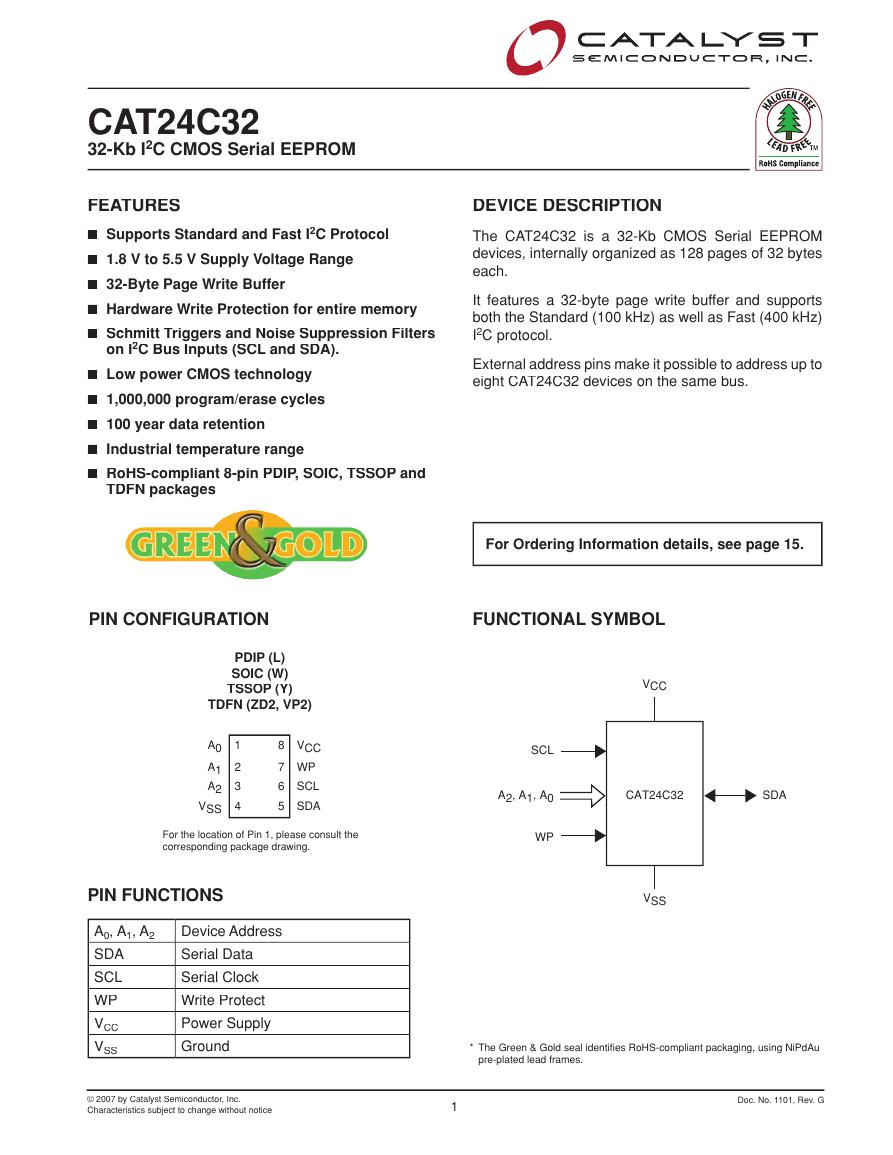
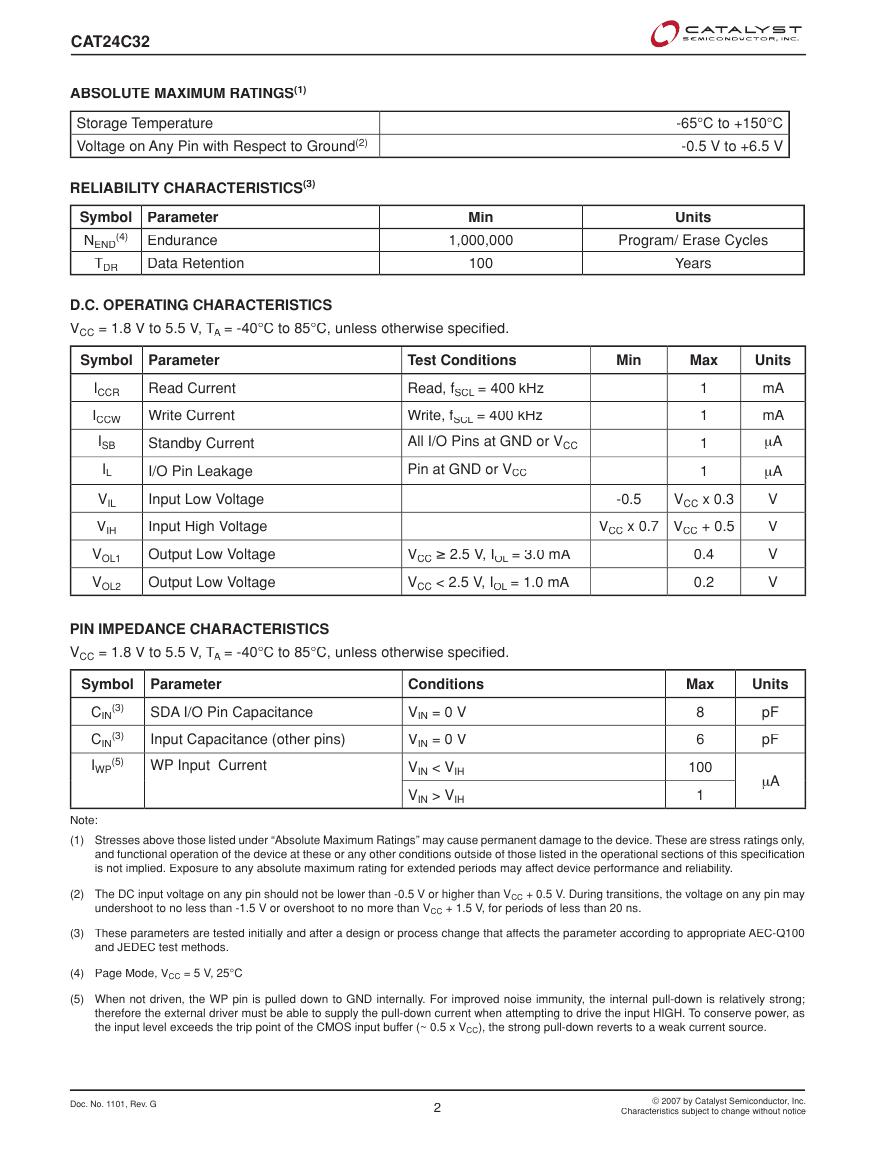
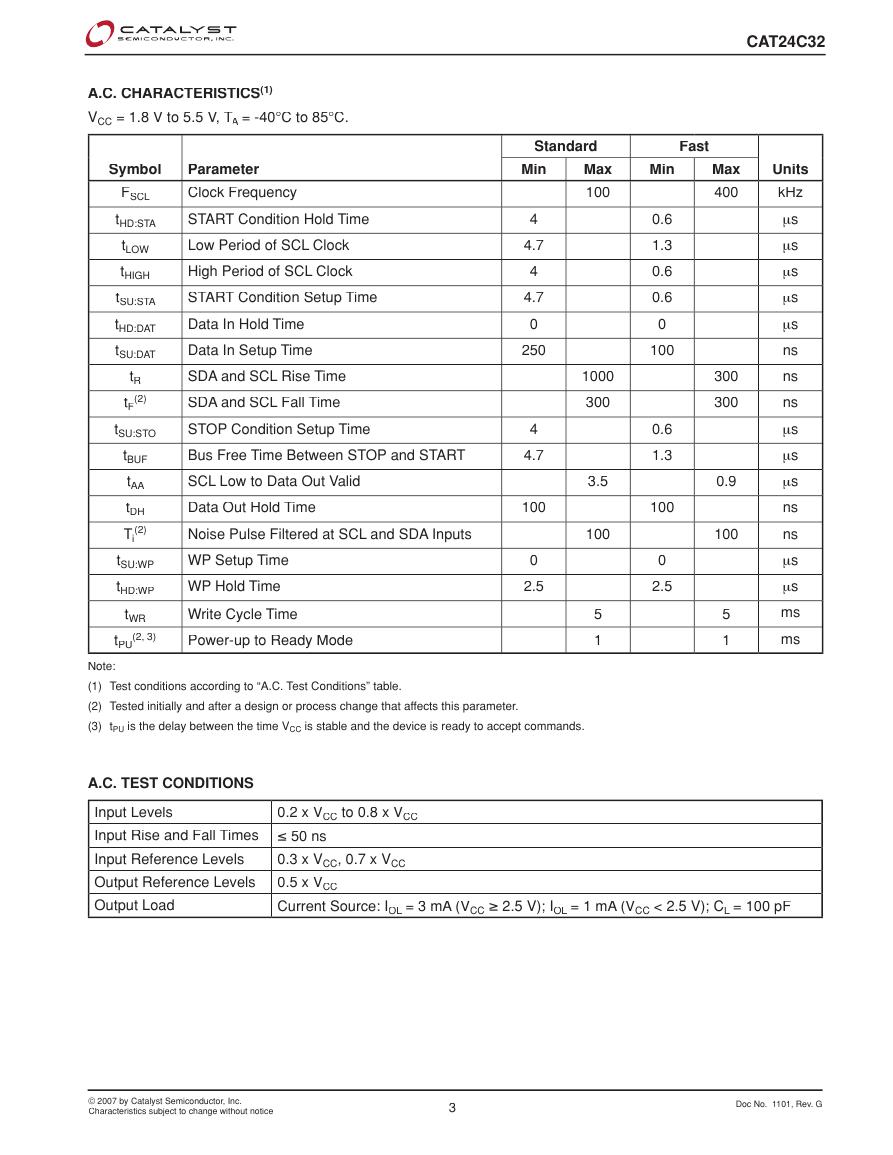
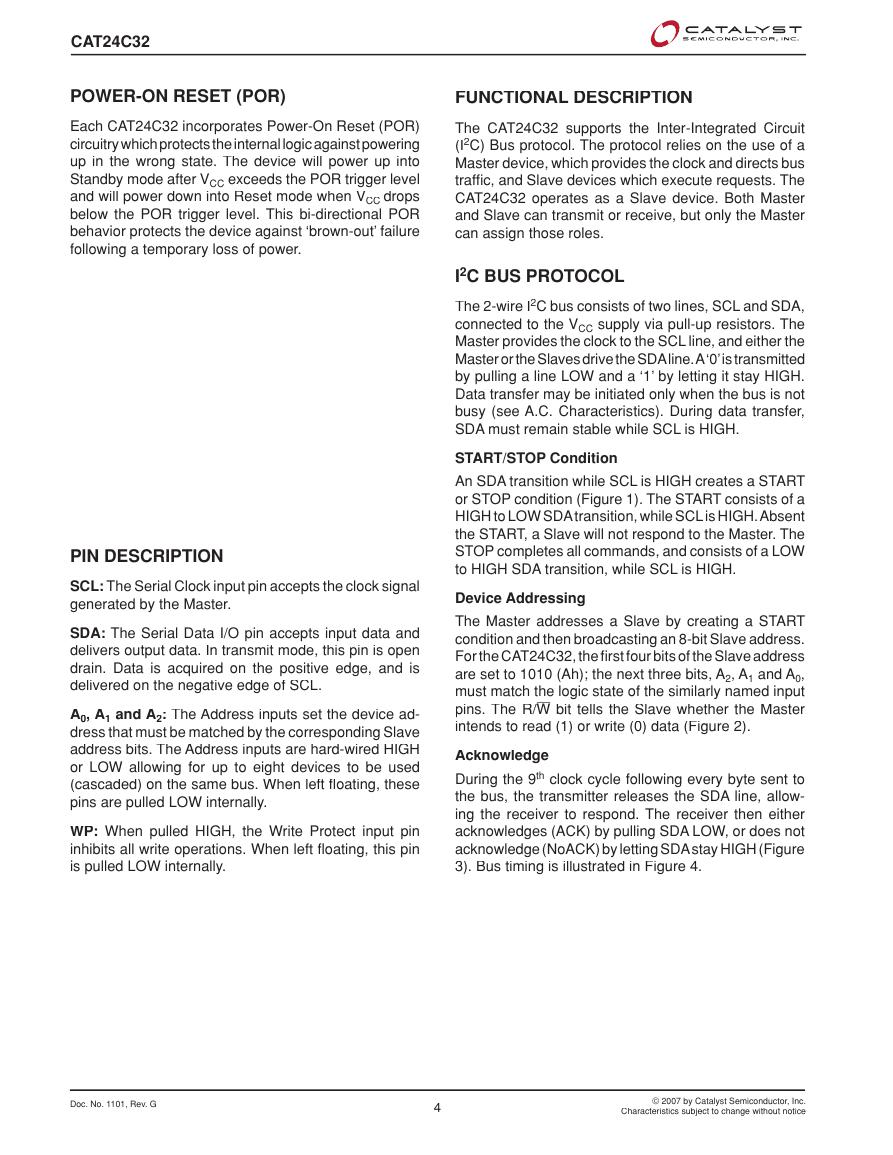
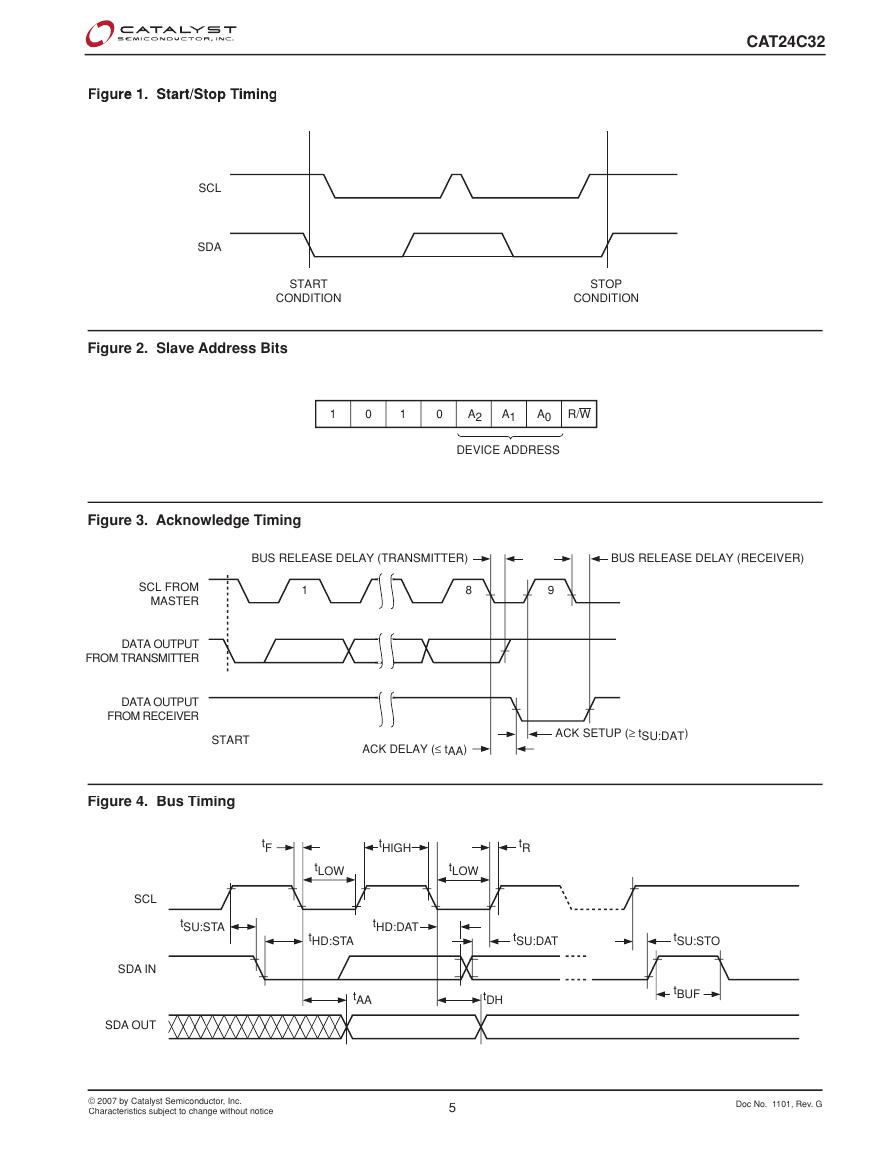
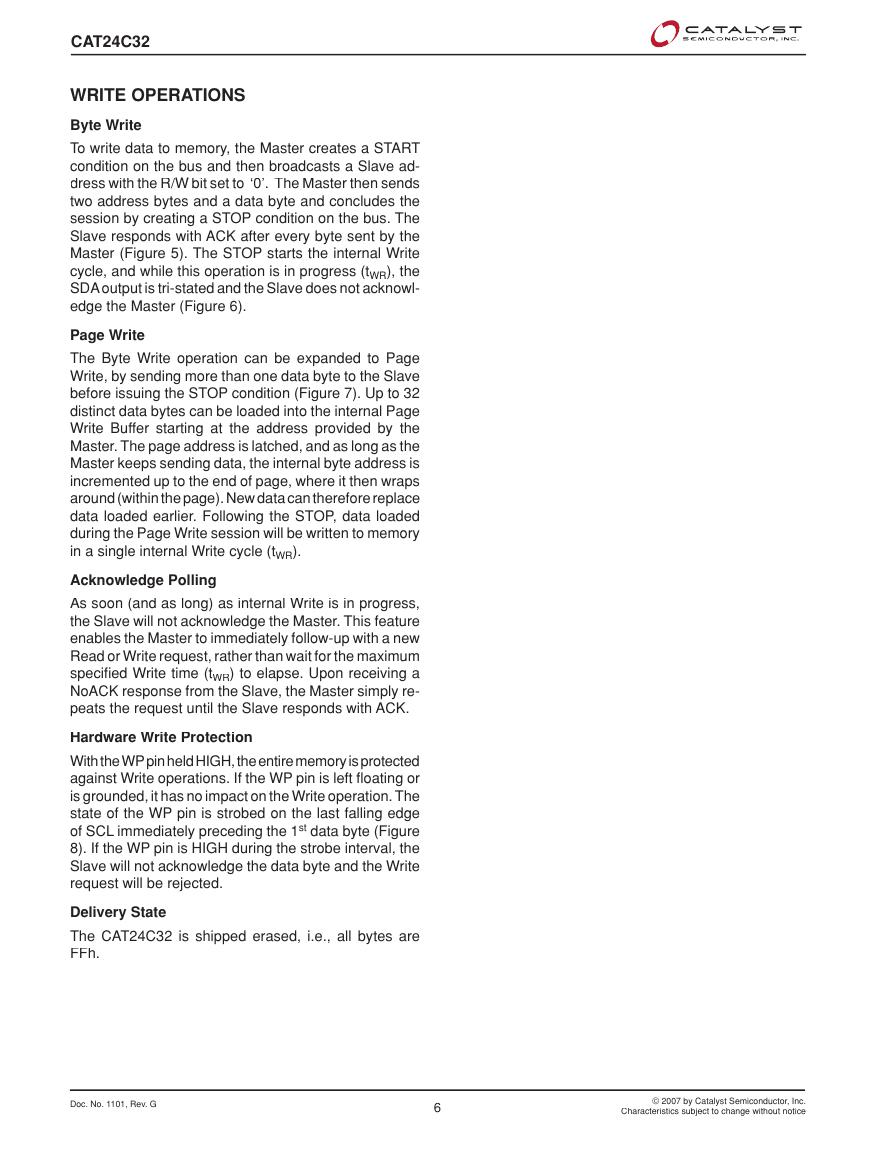
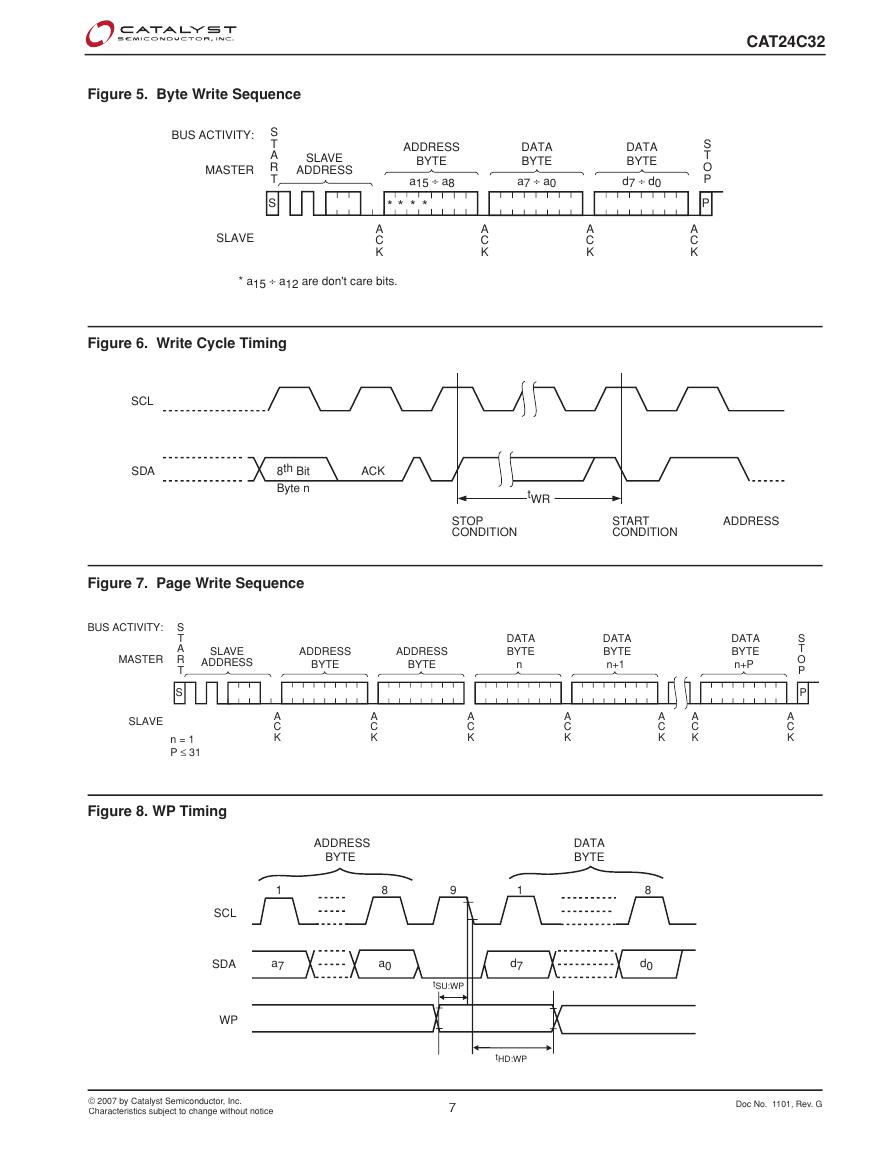
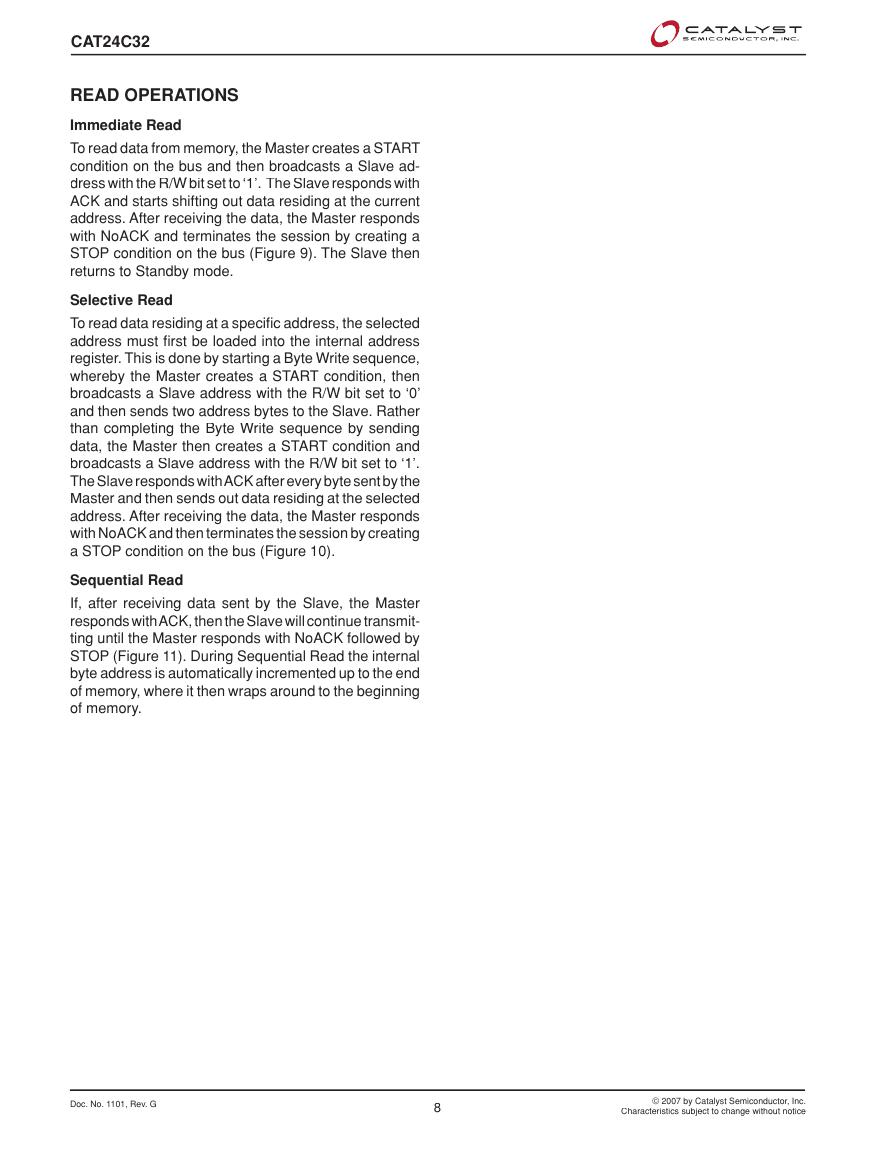








 V2版本原理图(Capacitive-Fingerprint-Reader-Schematic_V2).pdf
V2版本原理图(Capacitive-Fingerprint-Reader-Schematic_V2).pdf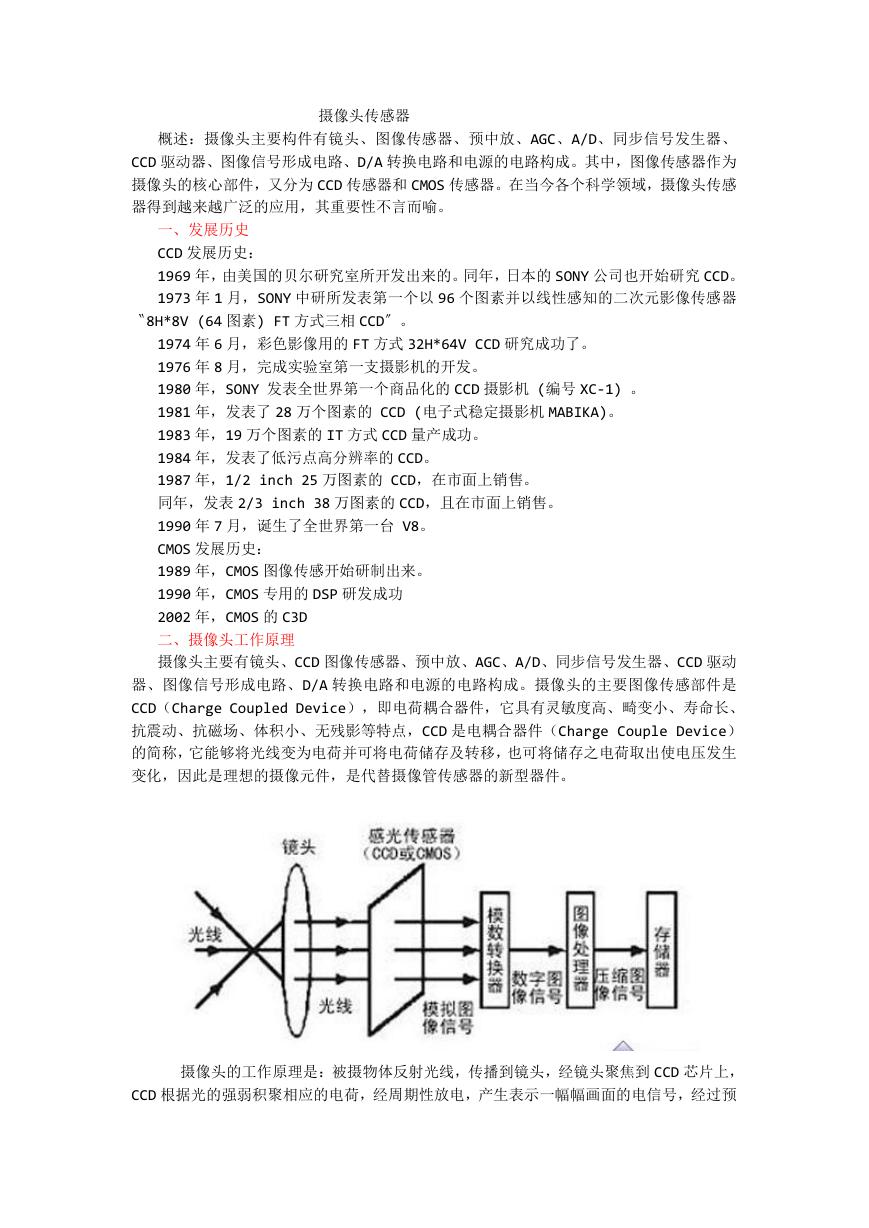 摄像头工作原理.doc
摄像头工作原理.doc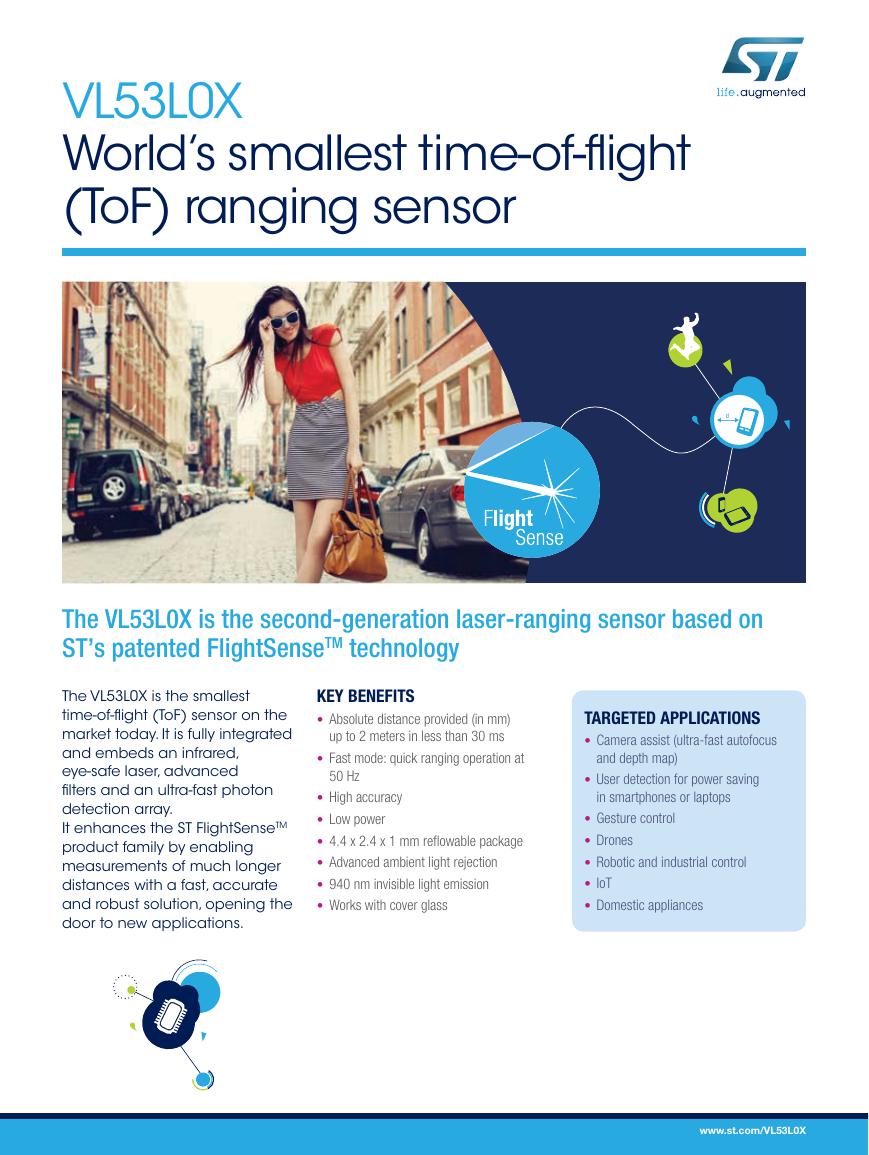 VL53L0X简要说明(En.FLVL53L00216).pdf
VL53L0X简要说明(En.FLVL53L00216).pdf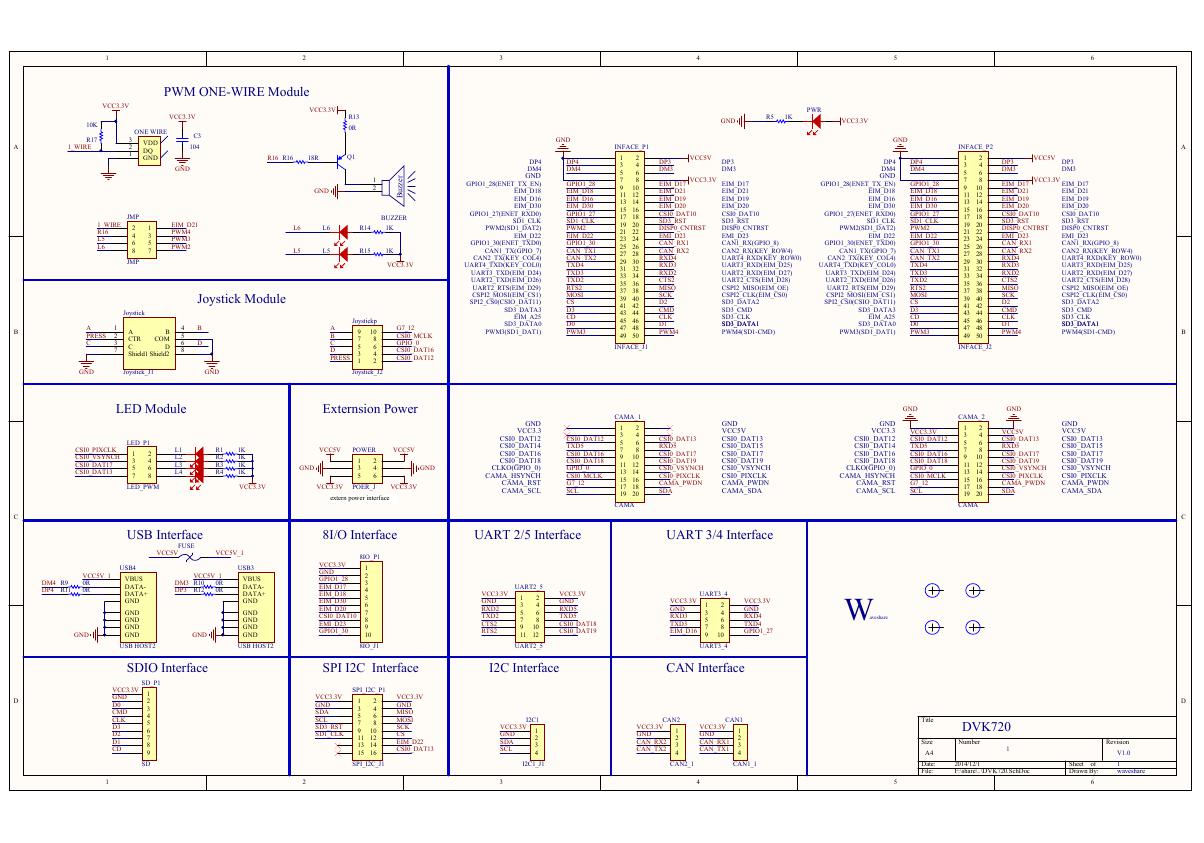 原理图(DVK720-Schematic).pdf
原理图(DVK720-Schematic).pdf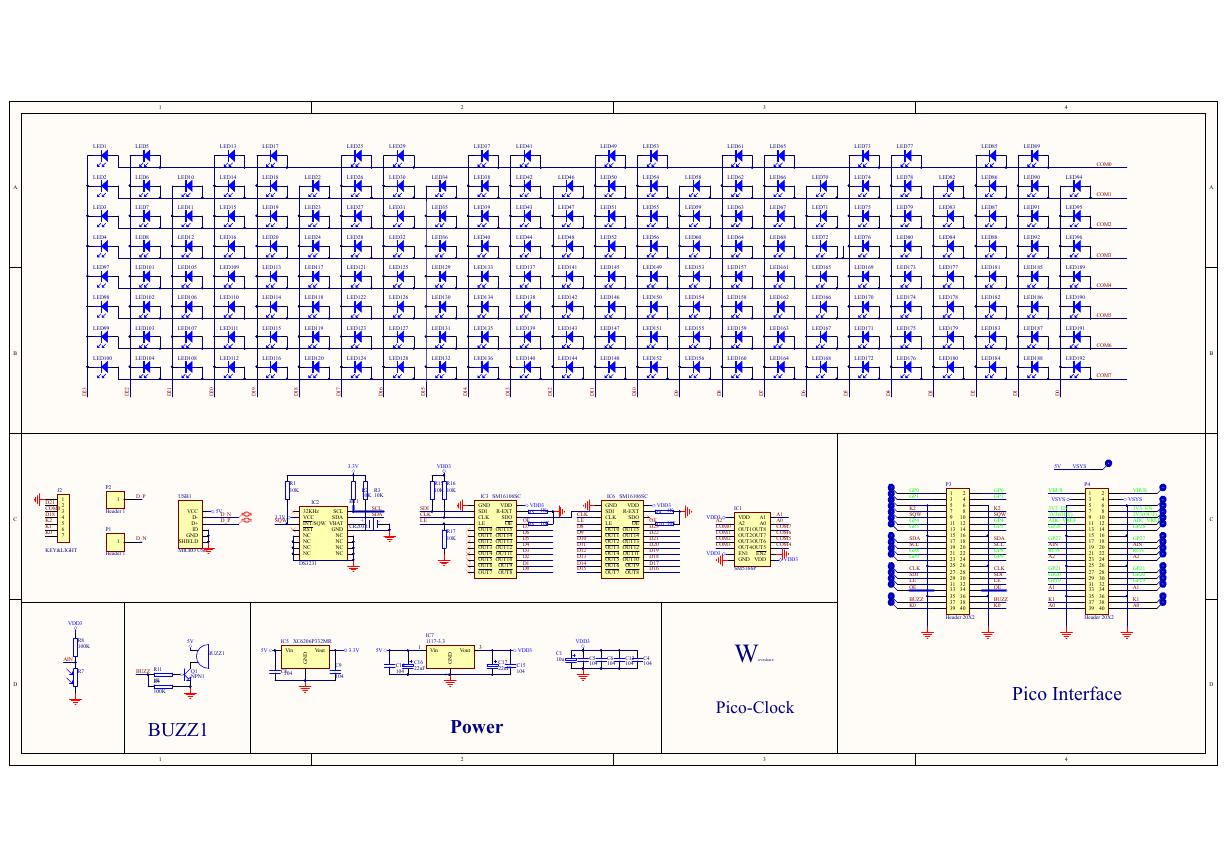 原理图(Pico-Clock-Green-Schdoc).pdf
原理图(Pico-Clock-Green-Schdoc).pdf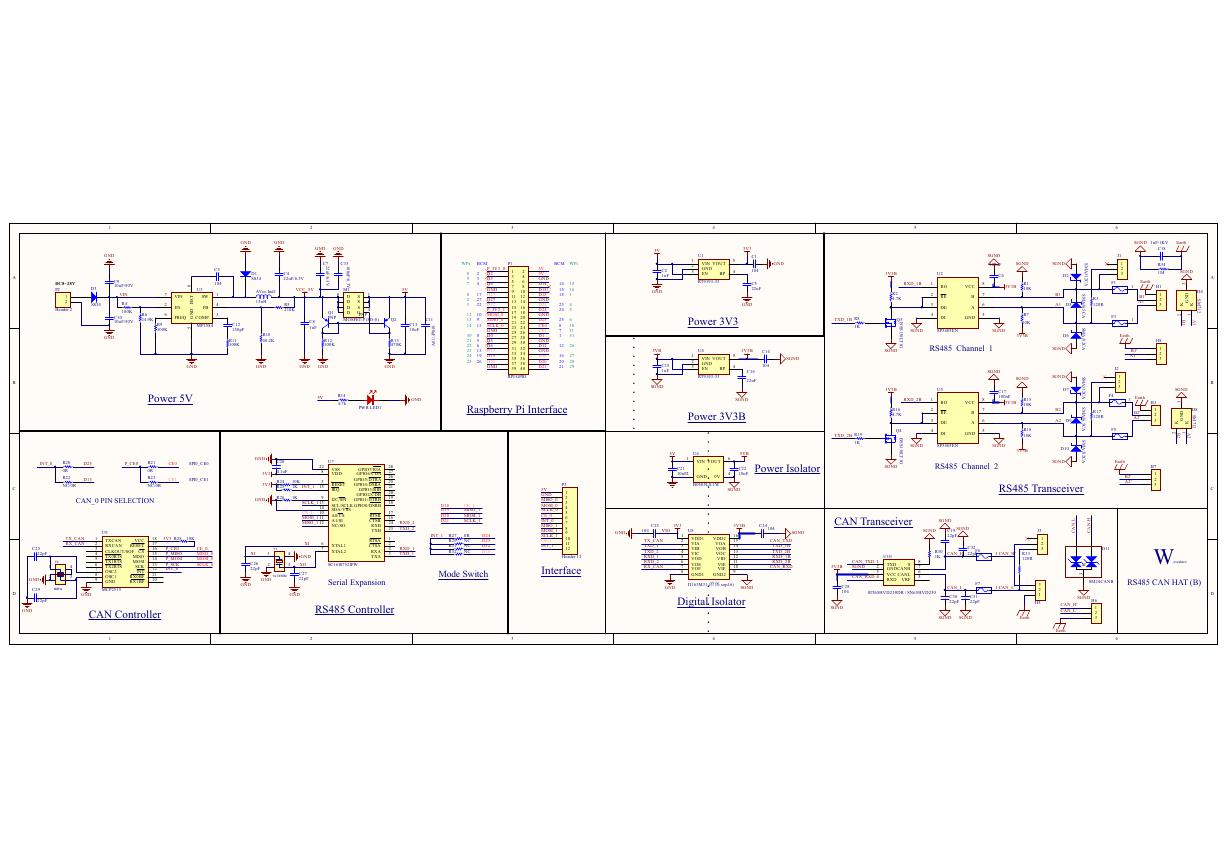 原理图(RS485-CAN-HAT-B-schematic).pdf
原理图(RS485-CAN-HAT-B-schematic).pdf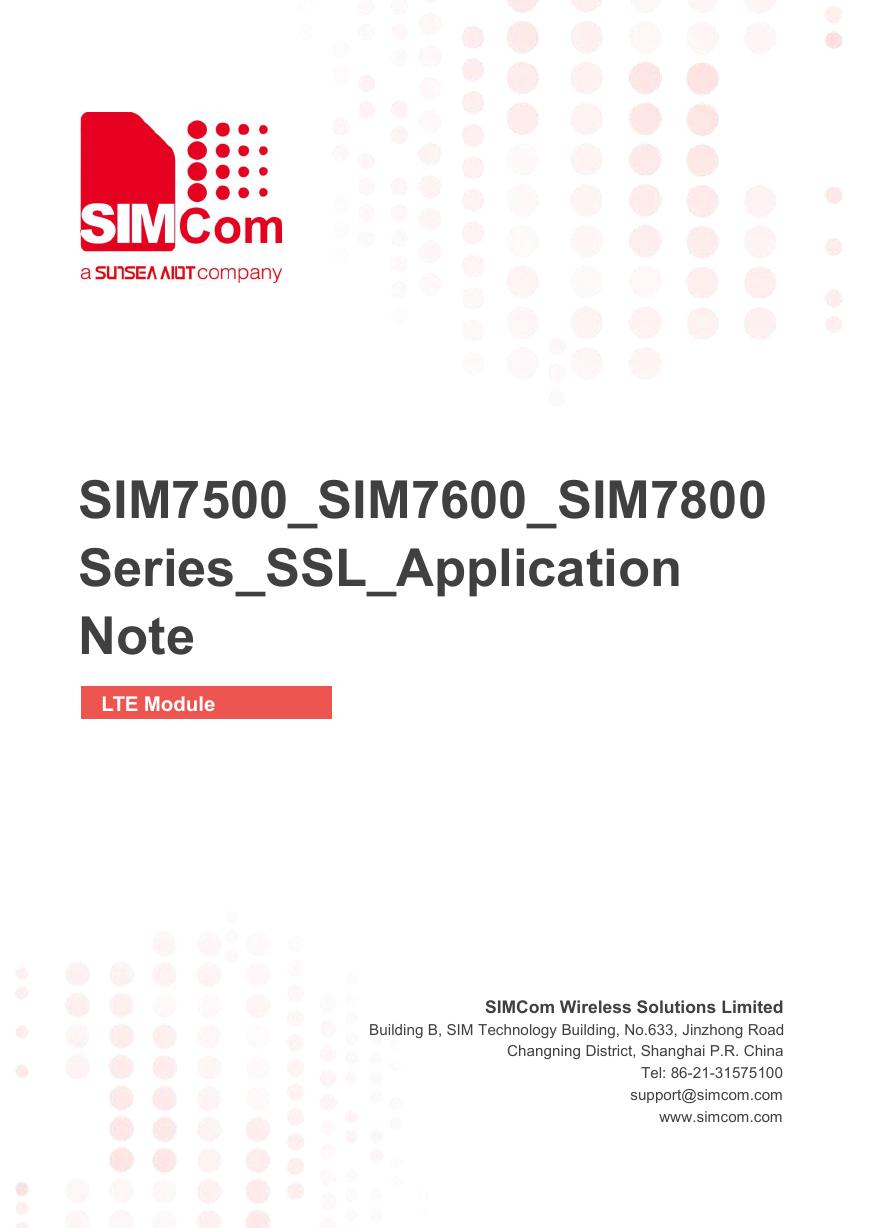 File:SIM7500_SIM7600_SIM7800 Series_SSL_Application Note_V2.00.pdf
File:SIM7500_SIM7600_SIM7800 Series_SSL_Application Note_V2.00.pdf ADS1263(Ads1262).pdf
ADS1263(Ads1262).pdf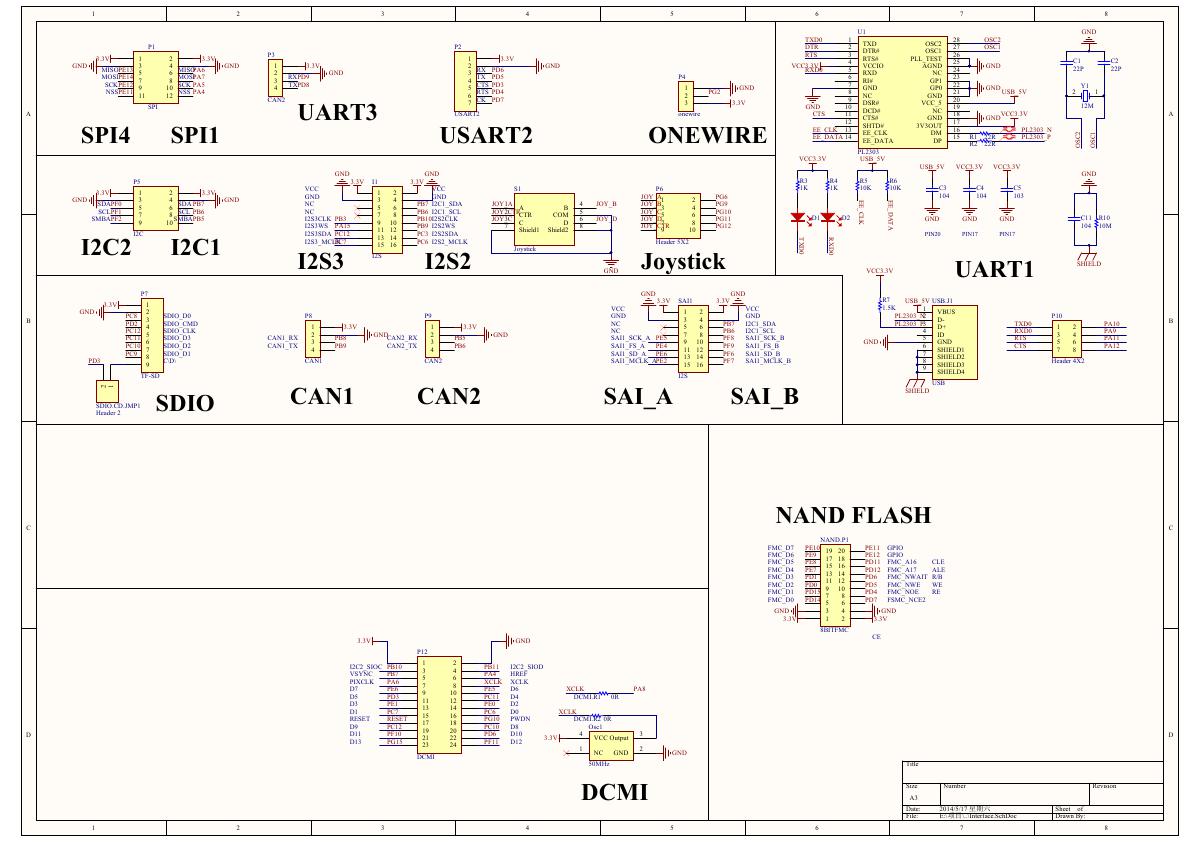 原理图(Open429Z-D-Schematic).pdf
原理图(Open429Z-D-Schematic).pdf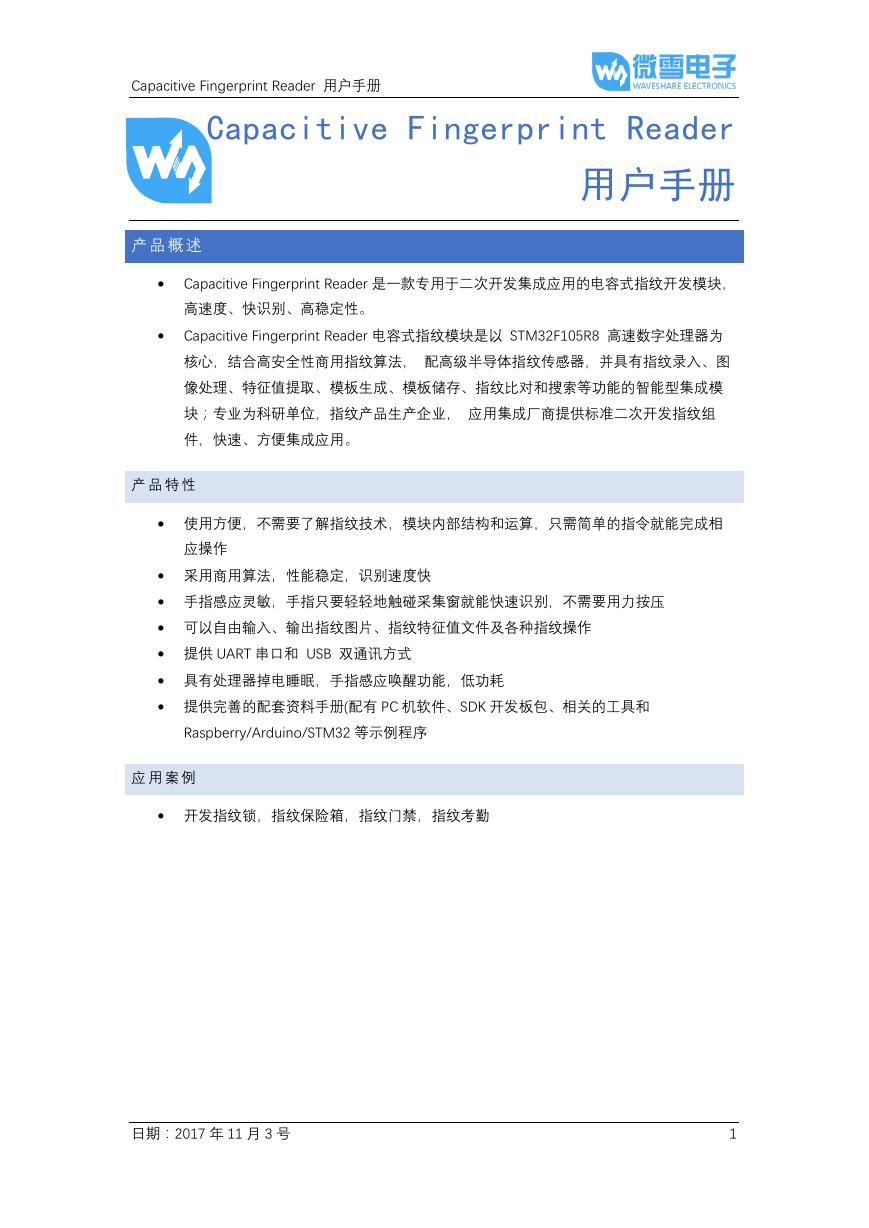 用户手册(Capacitive_Fingerprint_Reader_User_Manual_CN).pdf
用户手册(Capacitive_Fingerprint_Reader_User_Manual_CN).pdf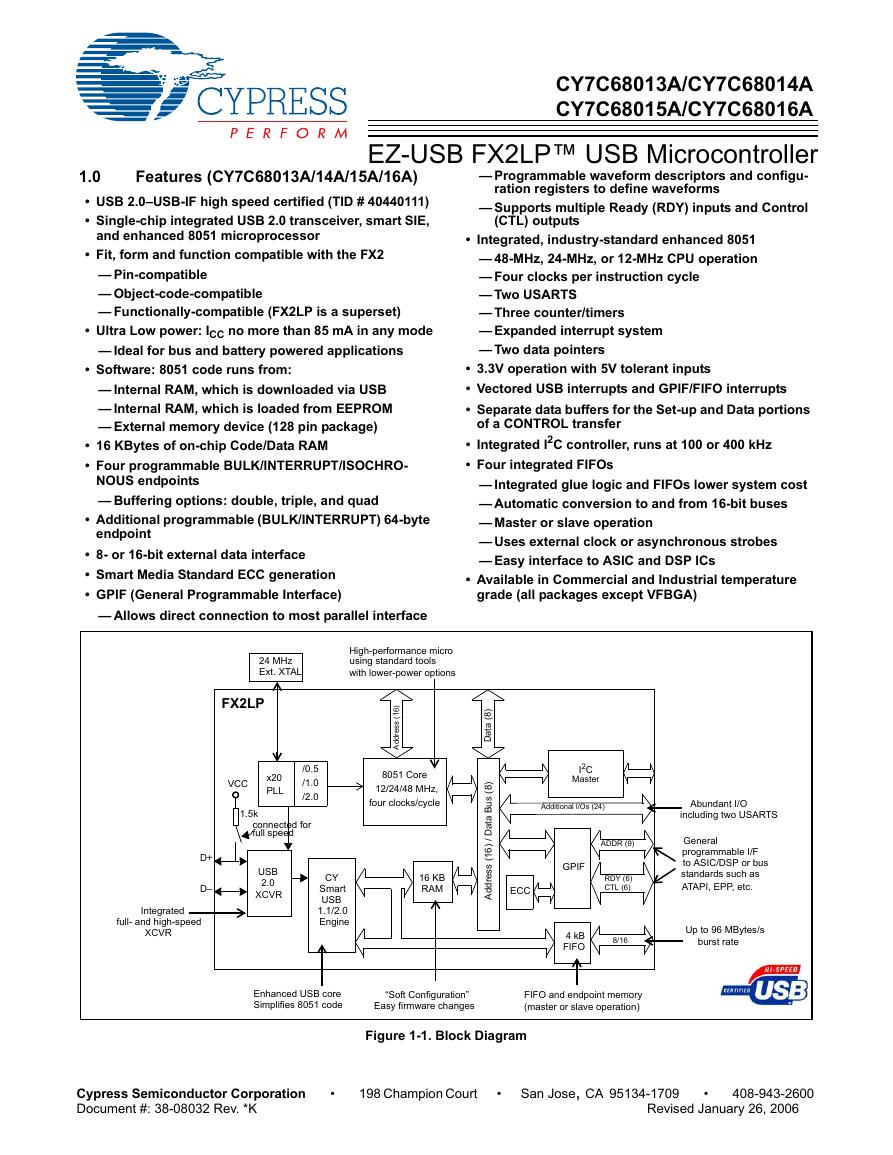 CY7C68013A(英文版)(CY7C68013A).pdf
CY7C68013A(英文版)(CY7C68013A).pdf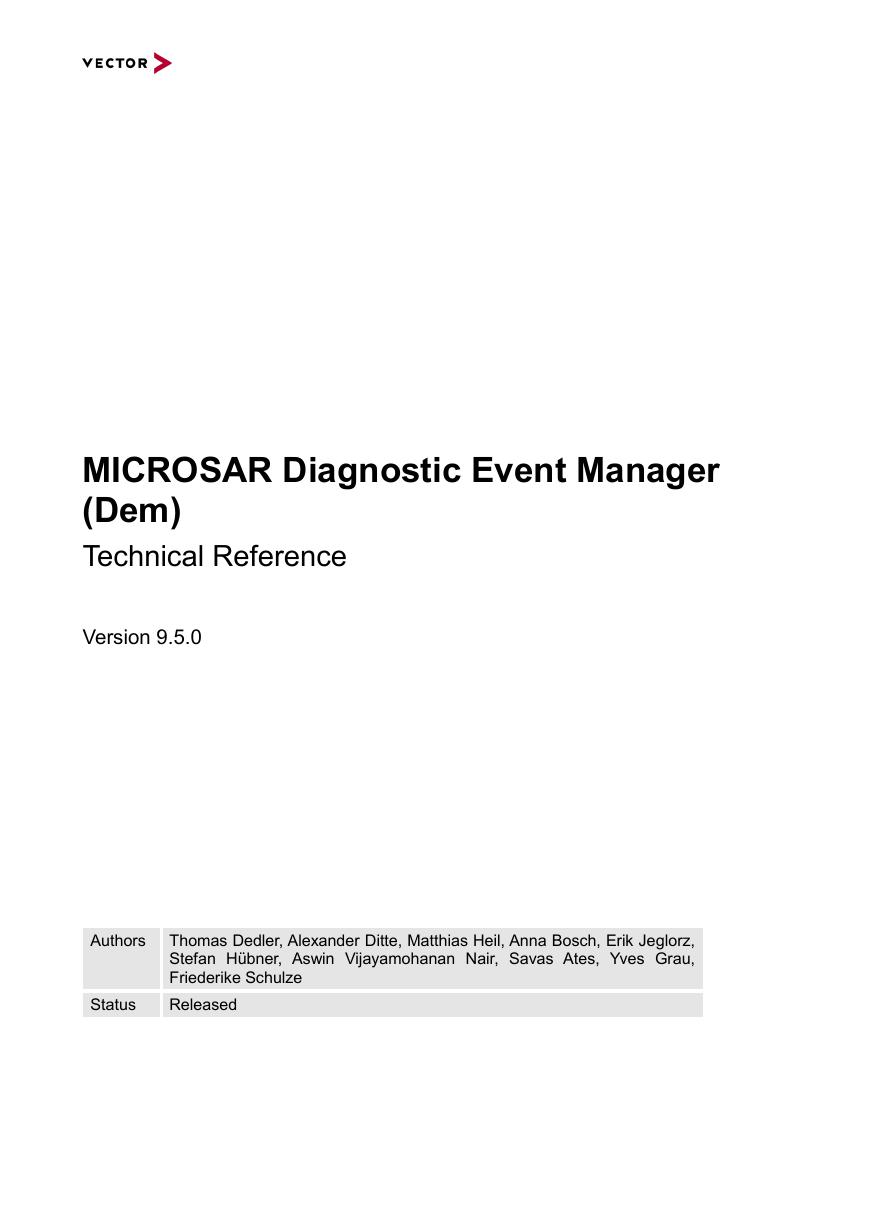 TechnicalReference_Dem.pdf
TechnicalReference_Dem.pdf